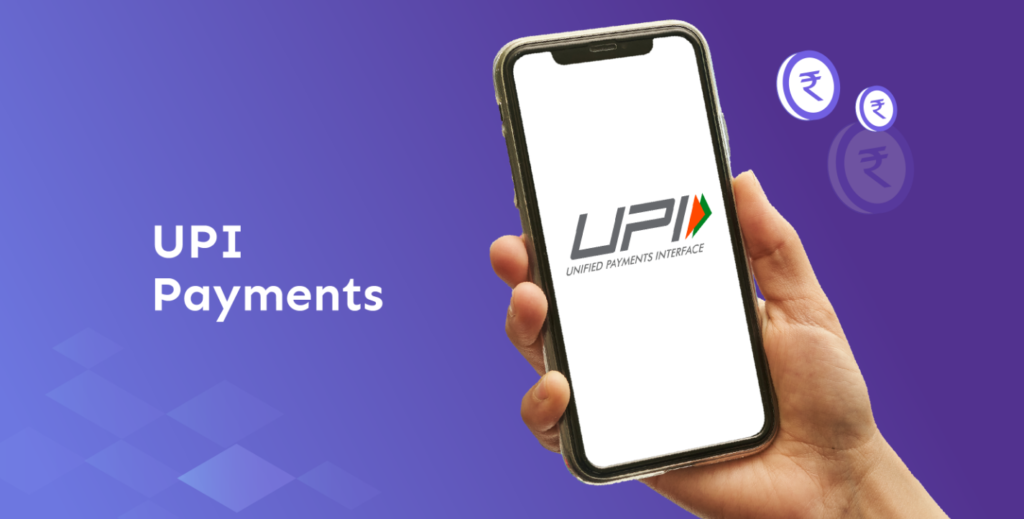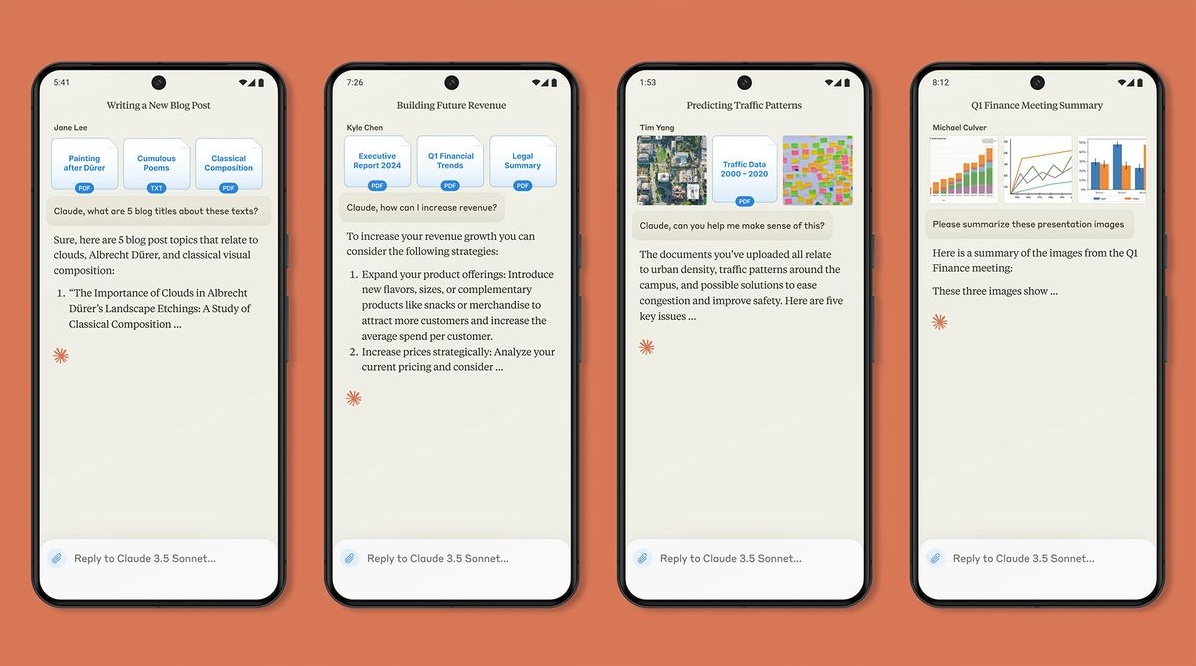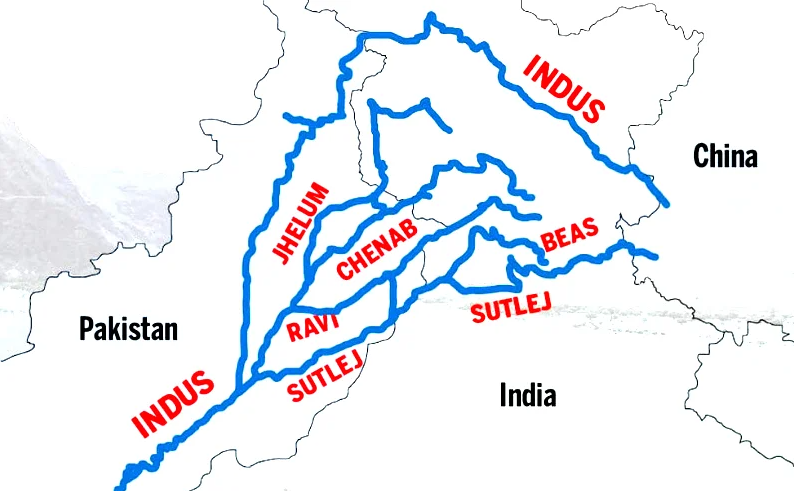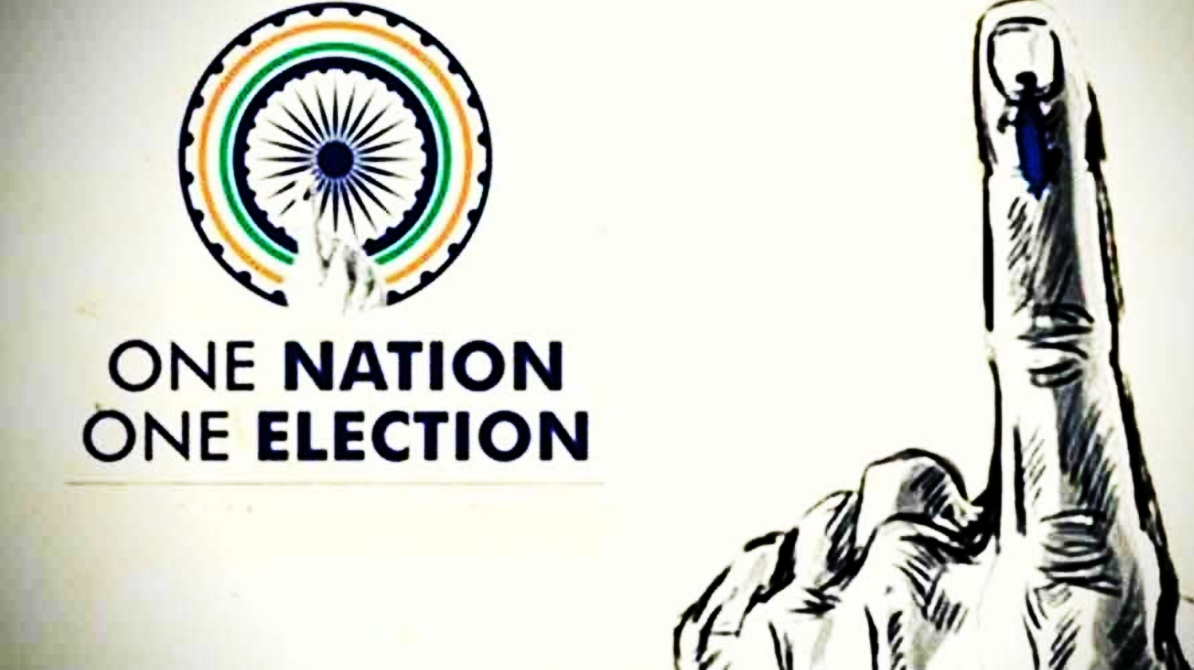The National Payments Corporation of India (NPCI) has announced a significant change in the Unified Payments Interface (UPI) transaction limits, effective from September 16, 2024. This move aims to streamline high-value transactions and enhance the digital payment ecosystem in India.
New Transaction Limits of UPI
Starting tomorrow, the UPI transaction limit for tax payments will be increased to ₹5 lakh per transaction, from ₹1 lakh. This change is expected to simplify the tax payment process and encourage more taxpayers to use UPI for larger transactions.
In addition to tax payments, the new limit will also apply to other high-value transactions, including:
- Hospital Payments: Patients can now use UPI to pay hospital bills up to ₹5 lakh per transaction.
- Educational Institutions: Users can pay fees for educational institutions using UPI, with the new limit of ₹5 lakh.
- Initial Public Offerings (IPOs): Investors can use UPI for IPO applications up to ₹5 lakh.
- RBI Retail Direct Scheme: Transactions under this scheme will also benefit from the increased limit.
Eligibility and Compliance
The increased limit is applicable only to specific transaction categories. Users need to check with their respective banks and UPI apps to ensure compatibility with the new limits. Banks, payment service providers, and UPI apps need to update their systems to accommodate this change.
Impact on Digital Payments
This decision aligns with RBI monetary policy statement from August 8, 2024, which emphasized the need for higher transaction limits. By raising the transaction limit, NPCI aims to make large transactions more convenient and secure, further promoting the adoption of digital payments across various sectors.
Rahul Jain, CFO of NTT DATA Payment Services India, commented, “The increase in the UPI transaction limit to ₹5 lakh for tax payments is a significant move, propelling India towards a digitally inclusive economy”1.
As the new transaction limits come into effect, users can verify their bank and UPI app settings to ensure seamless transactions. This change marks a pivotal step in India’s journey towards a robust digital payment infrastructure, making high-value transactions more accessible and efficient for all.







































